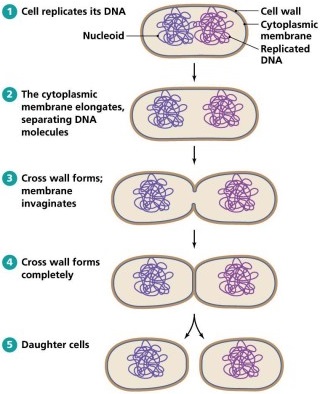Learninsta presents the core concepts of Biology with high-quality research papers and topical review articles.
Asexual Reproduction
The reproduction method which helps to perpetuate its own species without the involvement of gametes is referred to as asexual reproduction we know that reproduction is one of the attributes of living things and the diffrent types of reproduction have also been discussed.
Lower plants, fungi and animals show diffrent methods of asexual reproduction. Some of the methods include, formation of Conidia (Aspergillus and Penicillium); Budding (Yeast and Hydra); Fragmentation (Spirogyra); production of Gemma (Marchantia); Regeneration (Planaria) and Binary fision (Bacteria).
The individuals formed by this method is morphologically and genetically identical and are called clones.
Higher plants also reproduce asexually by diffrent methods which are given below:
Asexual reproduction is a type of reproduction that does not involve the fusion of gametes or change in the number of chromosomes. The offspring that arise by asexual reproduction from either unicellular or multicellular organisms inherit the full set of genes of their single parent.
In asexual reproduction, an individual can reproduce without involvement with another individual of that species. The division of a bacterial cell into two daughter cells is an example of asexual reproduction.

7 types of Asexual Reproduction
- Budding: A form of asexual reproduction of yeast in which a new cell grows out of the body of a parent.
- Vegetative Reproduction: Plants budding which creates a runner hich sends a clone.
- Parthenogenesis
- Binary Fission.
- Regeneration.
- Fragmentation.
- Spores.